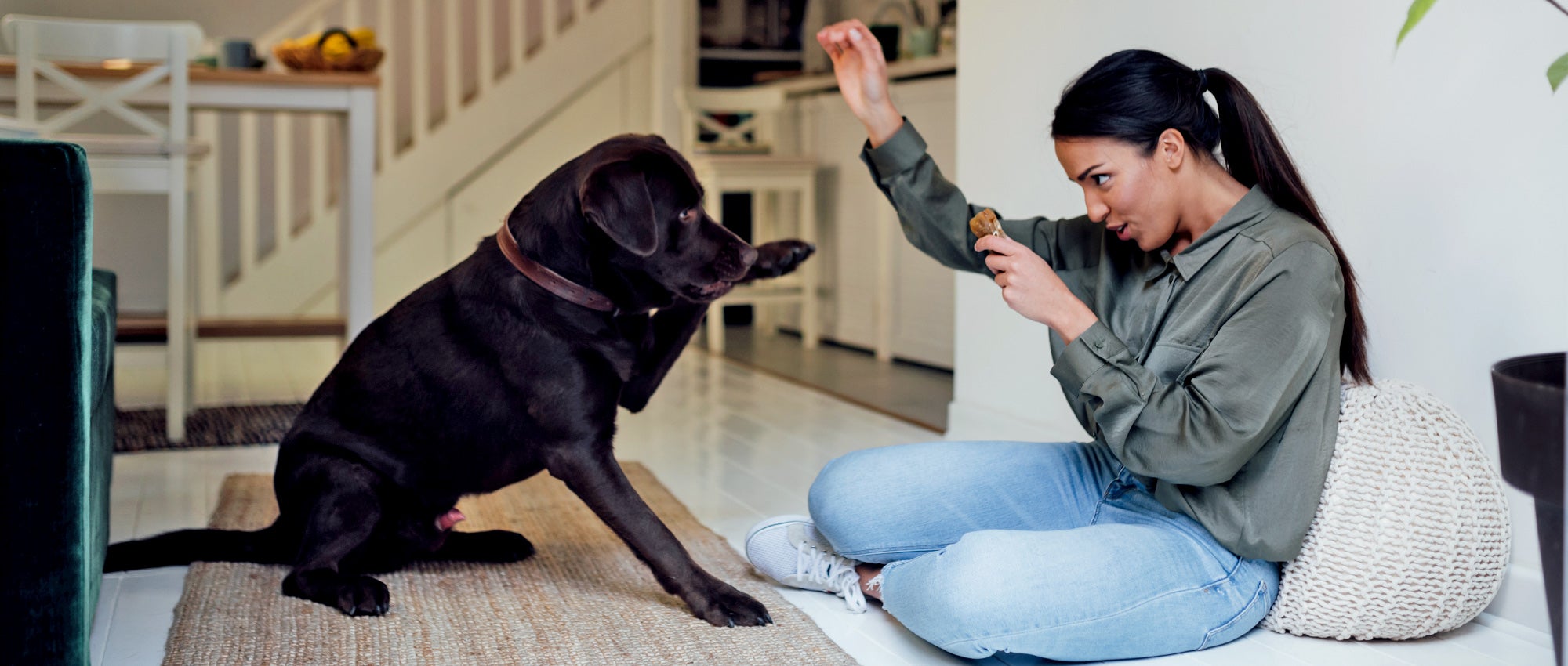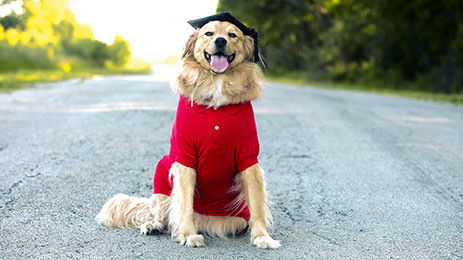Necessary Tips for Successful Dog Training: A Guide for Family Pet Owners
Effective pet dog training is a multifaceted procedure that requires a strategic technique tailored to both the pet dog's character and the owner's purposes. Comprehending how to browse these obstacles can substantially improve the training experience, ultimately changing the relationship between proprietor and pet dog.
Understanding Dog Actions
Comprehending dog actions is necessary for effective training and promoting a harmonious connection in between canines and their proprietors. Pets interact largely through body movement, articulations, and actions, making it vital for owners to translate these signals properly. Recognizing a canine's stance, tail position, and ear positioning can give insights right into its psychological state. As an example, a wagging tail does not constantly indicate happiness; it can likewise signify excitement or anxiousness.

Socialization plays a considerable function in canine actions; direct exposure to various atmospheres, individuals, and various other pets can significantly influence a dog's temperament. Furthermore, factors such as type features and specific character ought to guide training approaches, as some types may have specific behavior characteristics that necessitate customized techniques. By recognizing these aspects, owners can develop a helpful environment that urges positive actions, causing successful training end results and a much deeper bond with their animals.
Developing Regular Commands
Effective interaction with your canine starts with establishing constant commands. This fundamental aspect of training is essential for cultivating understanding between you and your family pet. Uniformity in the commands you utilize makes certain that your pet dog can reliably connect details words or phrases with the preferred behaviors.
When choosing commands, select clear, distinct words that are simple to separate and claim from each other. Stay clear of using similar-sounding commands that may perplex your dog. For instance, making use of "sit" and "stay" is proper, yet "sit" and "hit" can lead to misunderstandings.
Additionally, keep the same tone and quantity for each command. Pets are sensitive to vocal signs, so varying your tone can produce complication.
It is just as vital to make certain that all member of the family are on the same web page pertaining to the commands utilized. A united front in command usage will certainly stop blended signals and reinforce the understanding procedure.
Positive Support Methods
The power of positive support in pet dog training lies in its capacity to motivate desired actions through benefits and appreciation. This strategy is grounded in the concept that behaviors followed by desirable results are most likely to be repeated. By including positive support into your training routine, you can efficiently form your canine's actions in a useful fashion.
To carry out favorable reinforcement, it's important to recognize what inspires your pet, whether it be treats, playthings, or verbal appreciation. When your canine performs a preferred activity, such as sitting on command, immediately award them with a treat or love. This organization between the command and the favorable end result strengthens their understanding.
It's vital to timing the rewards appropriately; providing the support within seconds of the preferred actions helps your pet dog make the link (dog training). Additionally, uniformity is key-- make sure that all family members make use of the exact same commands and incentive systems to avoid complication

Progressively, you can reduce the frequency of treats as your pet dog finds out the actions, transitioning to praise or intermittent benefits. This technique not just cultivates a solid bond between you and your dog but likewise advertises a favorable understanding setting, making educating a pleasurable experience for both.
Socialization and Interaction
Constantly subjecting your pet to a selection of environments, people, and other animals is essential for their social advancement. Socialization ought to begin early, ideally during the important home window of 3 to 14 weeks, when young puppies are most receptive to new experiences. Nevertheless, older pet dogs can likewise gain from ongoing socialization efforts.
Introduce your canine to different setups, such as parks, pet-friendly shops, and city locations. This direct exposure assists them adapt to different stimuli, decreasing anxiety and worry reactions. Encourage positive interactions with various other pets and individuals, ensuring that these experiences are risk-free and controlled to foster self-confidence.
Use structured playdates with genteel pet dogs, as this can enhance your pet dog's social skills and educate them suitable actions. Obedience courses and training sessions also offer outstanding possibilities for socialization, permitting your pet dog to connect with others in a try this site monitored setting.
Display your dog's body movement during interactions, as this will certainly help you determine their comfort degree. Progressively enhance direct exposure to more difficult scenarios while guaranteeing that each experience is favorable. A well-socialized dog is a lot more most likely to exhibit well balanced actions, making them a joy to have in any type of setup.
Dealing With Common Training Difficulties
Every canine proprietor will certainly experience training difficulties at some factor, regardless of their canine's age or socializing degree. Identifying typical concerns such as stubbornness, distractions, and fearfulness can assist in creating reliable strategies for enhancement.

Slowly present diversions as the pet dog comes to be a lot more skillful in commands. Short, constant training sessions are additionally reliable in preserving focus.
Terror can impede a pet dog's knowing process. Gradual desensitization to the resource of concern, coupled with positive reinforcement, can aid ease stress and anxiety. Persistence is essential; never ever compel a canine into a scenario that triggers distress, as this may aggravate the problem.
Ultimately, understanding and addressing these usual difficulties with a structured strategy will certainly foster a more efficient training experience, enhancing the bond between canine and proprietor while advertising effective understanding.
Final Thought
In summary, effective dog training relies upon an extensive understanding of canine actions, the establishment of regular commands, and the application of positive support methods. Socializing plays a vital role in creating well-adjusted animals, while resolving typical training obstacles requires perseverance and adaptability. By applying these important strategies, family pet proprietors can promote a solid bond with their pet dogs and promote preferable behaviors, inevitably leading to an unified partnership in between human beings and why not find out more their canine companions.
Comprehending pet behavior is necessary for reliable training and fostering a harmonious connection between dogs and their proprietors.Socializing plays a significant function in pet dog actions; direct exposure to various atmospheres, individuals, and various other pets can considerably affect a pet dog's personality.The power of favorable support in pet training lies in its ability to encourage preferred habits with benefits and appreciation. By incorporating positive reinforcement into your training program, you can successfully form your pet dog's actions in a constructive manner.
In summary, successful dog training relies on a comprehensive understanding of canine behavior, the establishment of consistent commands, and the application of positive reinforcement techniques.
Comments on “How to Choose the Right Method for Successful Dog Training”